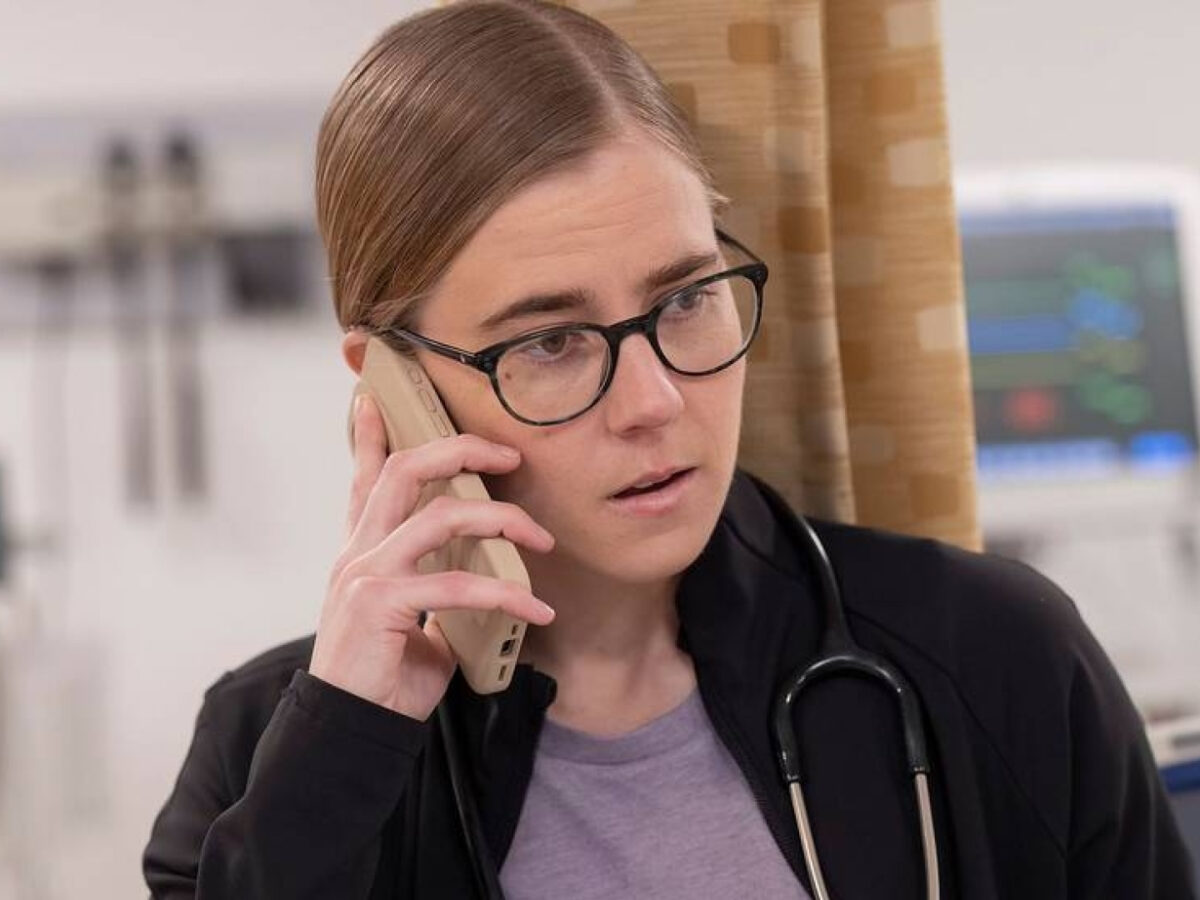Noah Wyle returns to the ER, but this time it isn’t County General. In The Pitt, HBO Max’s new adrenaline-charged medical drama, Wyle takes on the role of Dr. Michael “Robby” Robinavitch, leading a trauma center where tension and realism pulse at the same rate as the patients’ heart monitors. Released on January 9, 2025, the show has quickly found favor not only with fans of high-stakes storytelling but also within the medical community, many of whom have praised its commitment to authenticity. But as often happens when fiction collides with reality, one aspect drew a healthy dose of skepticism from a real-life ER doctor.
A Real Doctor’s Take on The Pitt
The Pitt is the spiritual successor to ER, not just because of Noah Wyle’s presence, but due to its gritty, unflinching portrayal of what it means to work in emergency medicine. While ER gradually leaned into personal drama, The Pitt keeps its scalpel sharp, focusing on medicine first. According to Vulture, Dr. Lukas Ramcharran, a practicing ER physician, commended the series for capturing the daily whirlwind of hospital life. “We all feel the stresses of a strained hospital system: congested waiting rooms, patients admitted but not upstairs… people are constantly busy,” he noted.
Much like the series 24, each of the 15 episodes in The Pitt encapsulates a real-time hour within a 15-hour shift. This structure maintains unrelenting narrative momentum, mimicking the urgency and unpredictability of an actual trauma center. The show succeeds where many of its predecessors have not, portraying medicine not as a plot accessory but as the narrative core.
The One Thing That Breaks the Illusion
Despite its strengths, even The Pitt can’t completely avoid dramatic license. Dr. Ramcharran pointed to a particular trope that undermines the otherwise grounded realism: the combative relationship between doctors and administrators. In the show, Dr. Robinavitch is frequently at odds with hospital administrator Gloria Underwood, played by Michael Hyatt. Their ongoing confrontations, while dramatically compelling, don’t align with actual hospital dynamics.
Ramcharran explained, “The idea of an administrator coming down in the actual shift and engaging with you in real-time…that’s not realistic.” He emphasized that such encounters would be more disruptive than constructive. Unlike the adversarial tension seen on-screen, real-world hospital administration typically revolves around collaboration and shared goals: “There’s a lot of us saying, ‘How do we get better?’”
This critique doesn’t diminish the show’s achievement, but rather adds a layer of informed appreciation. In dramatizing the inner workings of a hospital, some friction between fiction and function is inevitable.
A New Standard for Medical Storytelling
The Pitt distinguishes itself from other medical dramas like Grey’s Anatomy or The Resident by refusing to dilute its subject matter with soap opera tropes. Its depiction of real-time crises and emotional exhaustion resonates with both audiences and healthcare professionals. According to MovieWeb, the show balances intensity with heart, making it not just entertaining but, at times, deeply moving.
This realism isn’t accidental. Showrunner R. Scott Gemmill, a veteran of ER, brings firsthand narrative experience, while writers like Joe Sachs and Cynthia Adarkwa infuse episodes with layers of medical and human detail. The casting also helps ground the drama, with Wyle’s weathered gravitas anchoring a strong ensemble.
You can stream The Pitt now on Max, and if the first few episodes are anything to go by, it’s shaping up to be a cultural touchstone in medical television. Will it continue to earn praise from the real-life professionals it portrays? Or will future seasons fall prey to the same melodramatic pitfalls as its predecessors?


















